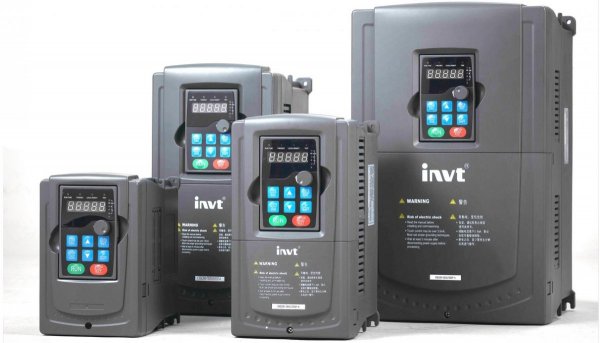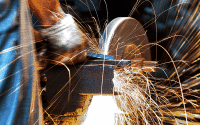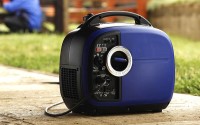The Ideal Guide To Variable Speed Drive
Understanding what’s behind the term variable frequency drive (VFD) also means understanding the meaning of many other words too, since there are a lot of synonyms for this type of motor controller. Be it AC drive, inverter, adjustable speed drive, variable speed drive, microdrive – it all sums up to the same type of device that drives electric motors by causing the necessary frequency and voltage variations. The motor’s speed (RPMs) is closely linked to the frequency that is measured in hertz, meaning that the more frequency there is, the faster the RPMs will be.

It is well-know that electric motors systems create 65% of the power that is consumed in the industrial society as a whole. By installing a variable speed drive, you will reduce as much as 70% of the energy consumption and provide more quality and efficiency to the otherwise costly processes. The variable speed drive will also ensure fewer, if any mistakes, the jerks and the belts will be reduced while the quality of the products will increase.
Some applications do not require an electric motor for full speed running, but even in such cases, the utterly useful variable speed drive can still find a major role in the process – it can be utilized to ramp down the voltage and the speed so that the requirements of the electric motor’s load can be met. Turning up or down the motor’s speed will be the new assignment for the VFD, as it is capable of following ad addressing the alterations of the speed requirements.
The converter is the first stage of the variable speed drive that one should acquire knowledge about. There are six different parts that are included in the making of the converter. These parts are very similar to the check valves that are used for plumbing systems. These parts are responsible for the proper current flow – in one direction only. The direction that they adhere to is shown by the arrow placed in the diode symbol.
For instance, when an A-phase voltage shows a higher level of positivity in comparison to the B and C voltages, that diode is to open and let the flow of current in. If it happens so that a B phase reaches a higher level of positivity in comparison to the A phase, the A diode will be the one closing.
If you have an application that does not require full speed running, you can save energy by using a motor that comes with a variable speed drive. This will account for speed matching between the motor-driven equipment and the load requirements. This is your one and only method that allows you to accomplish such precise matching.
By relying on variable speed drives you will also prolong the life of your equipment and notice that there will be less need for maintenance. It is rather clear that the variable speed drive is an invention created to expose all of the limitations of the electric motors and break them one by one. Therefore, it is an investment made by those who choose wisely and aim to protect instead of correct.



